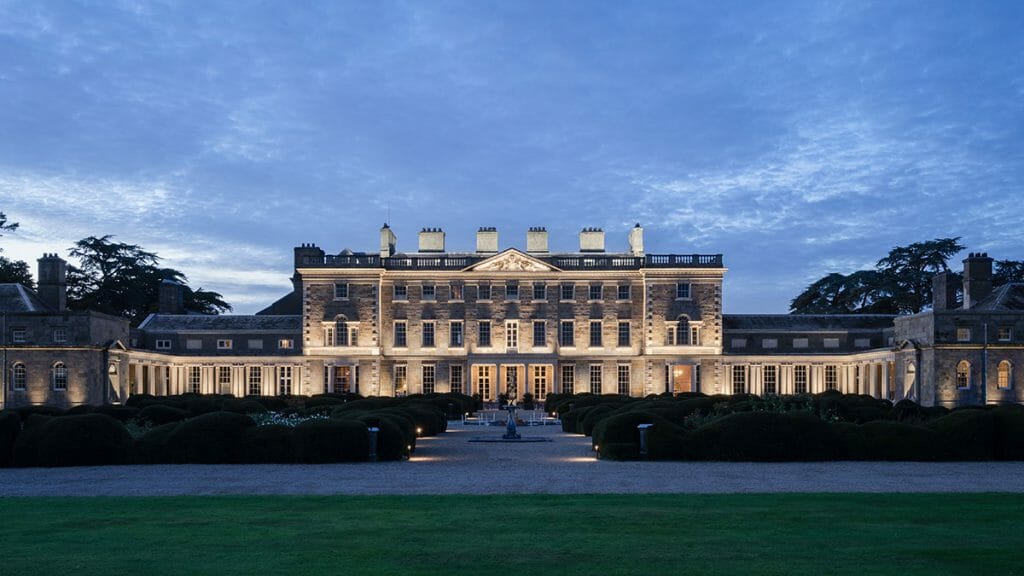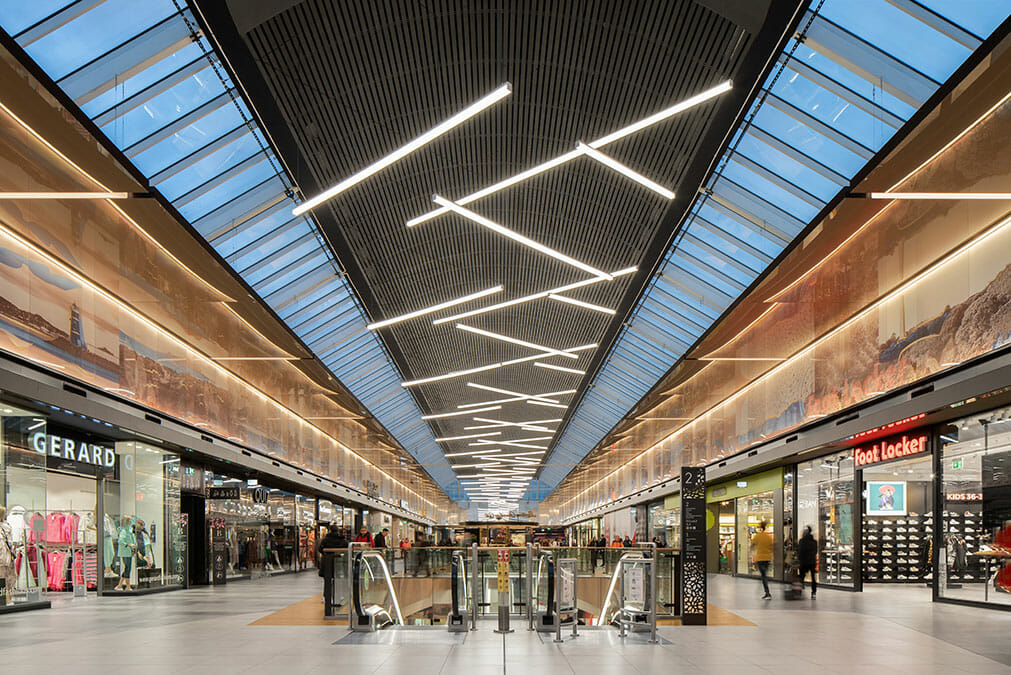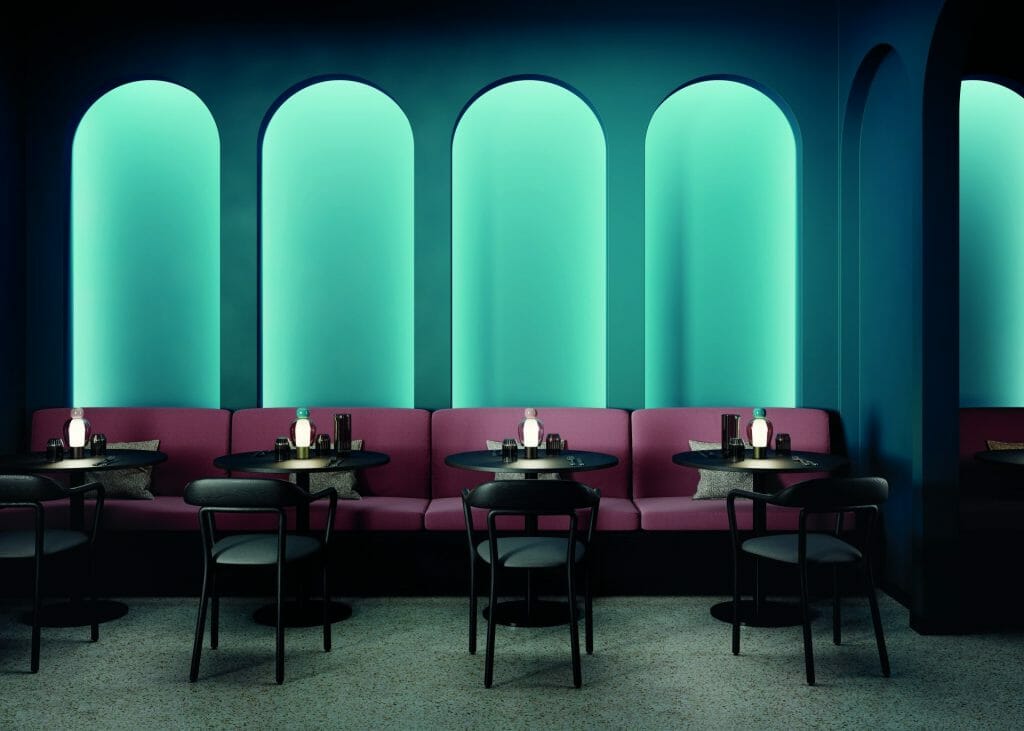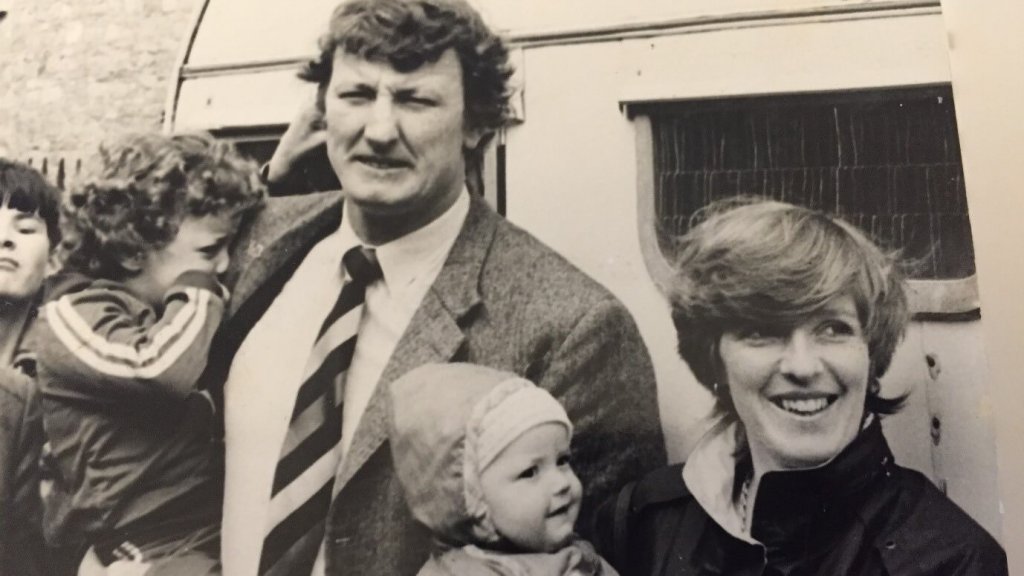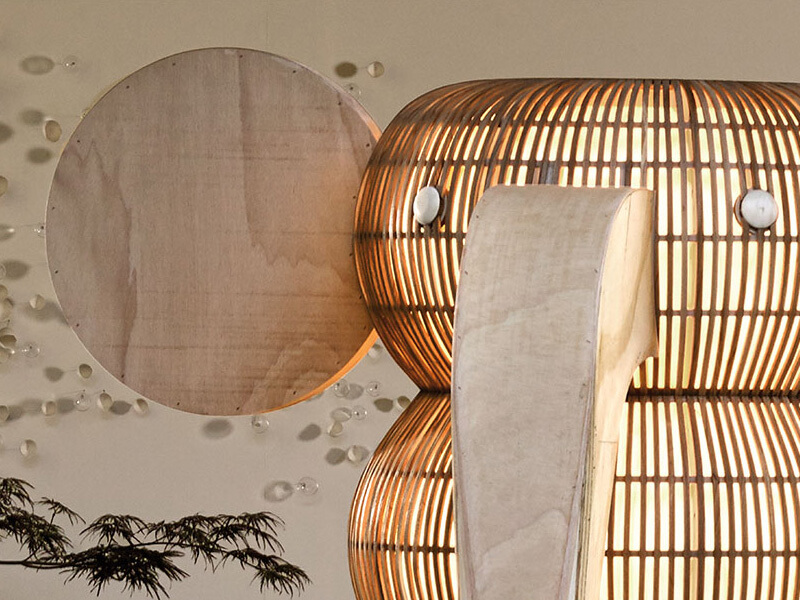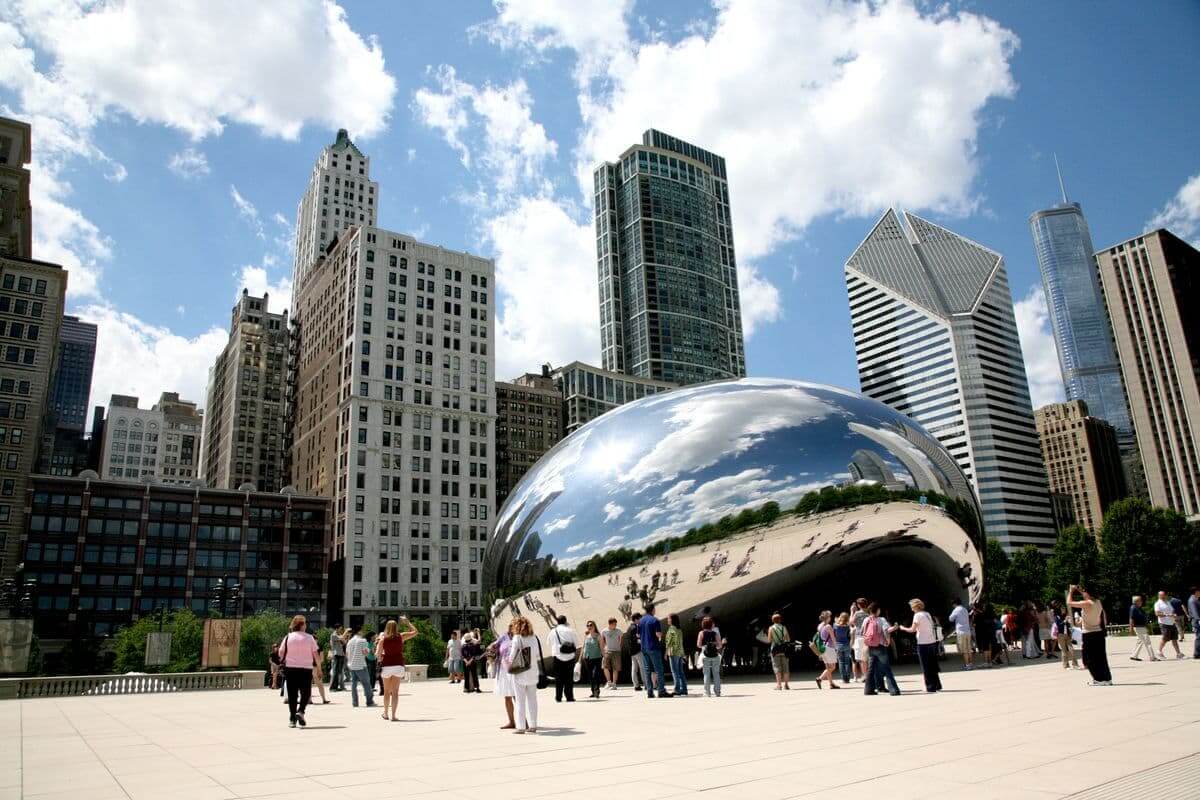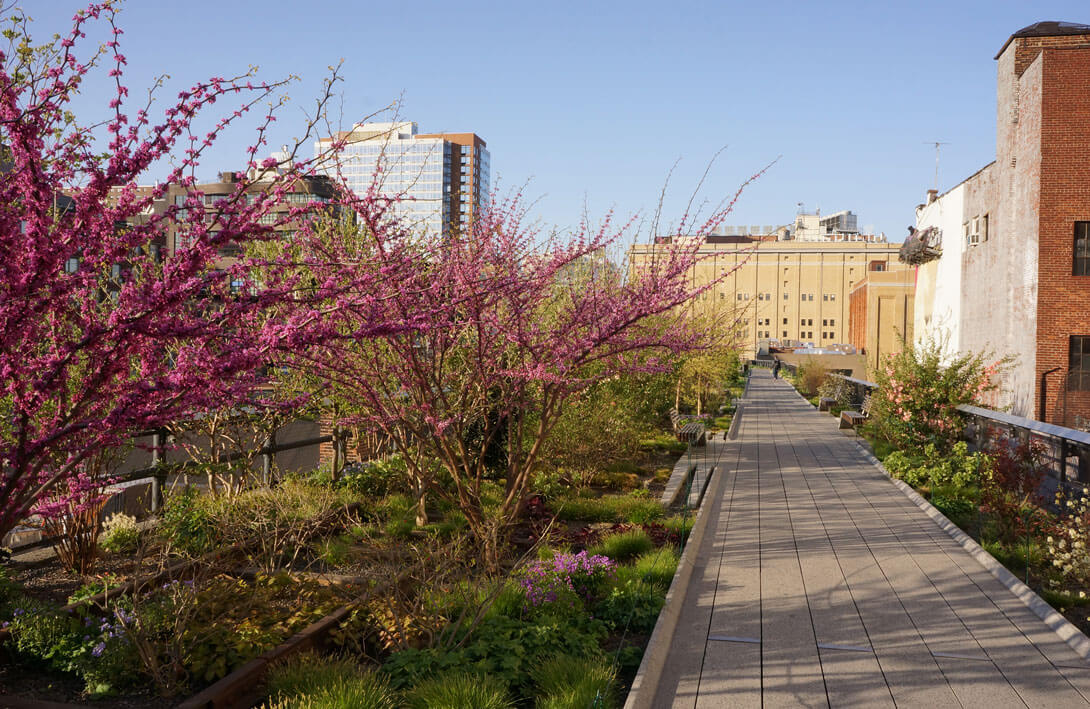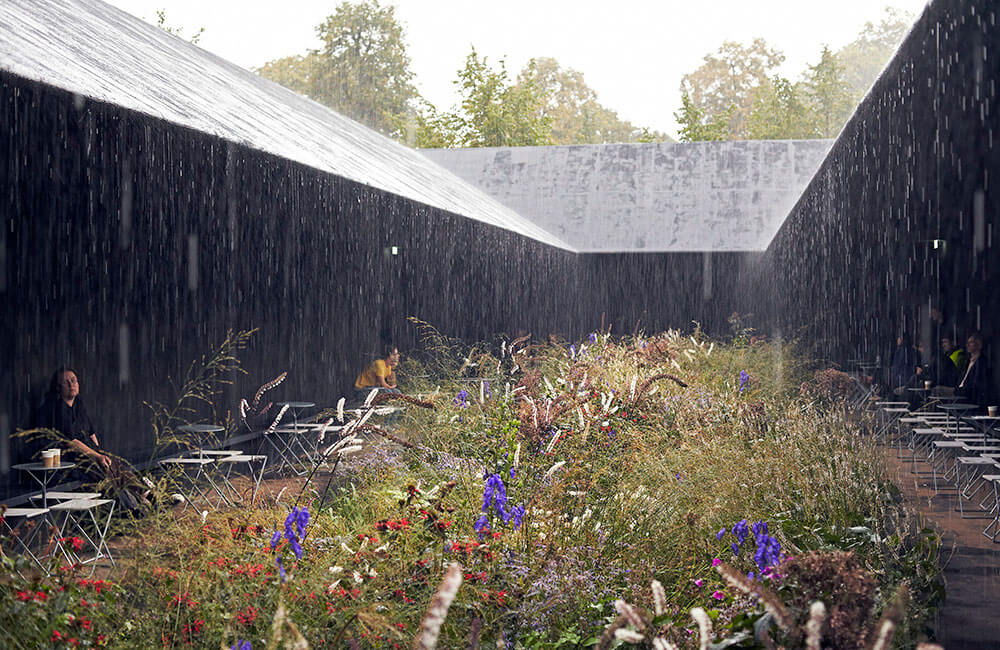- Contact us to discuss our residential design packages
- Design
- Inspire
- About
- About
- Blog
- Hero of Landscape, Light and Death

- June 14, 2019
- Willie Duggan
2018 saw the release of ‘Five Seasons’ the documentary movie created by filmmaker Thomas Piper celebrating the life and work of Piet Oudolf. Dutch born Oudolf is credited as being the originator of the Dutch ‘New Wave’ perennial movement which he started in the 1980’s. That movement is centred around the themes of using native North American grasses and prairie plants in a structured but naturalistic manner to achieve broad swathes of colour, texture and movement in urban spaces.
Prior to the development of this style the landscape world was centred around hard landscaping, tough, resilient and functional planting. Evergreen was the key colour. At that time the world’s leading landscape architects were known for being able to turn out crisp and clean planting schemes that lasted in urban environments. That said there was a distinct lack of spontaneity and freedom in their plantings – they were tight, just like the buildings they accompanied – lots of hard spaces, jagged angular lines and trim but one dimensional planting.
Oudolf therefore was a maverick – a garden designer as opposed to a landscape architect, a ‘planstman’ as opposed to a clipper of evergreen shapes, an outsider. From his base in Hummelo in the Netherlands he single-handedly built a new movement where transition, poetic movement and the ephemeral nature of plants moving through the seasons was born.
His first books were irreverent takes on using plants in gardening, they turned convention on its head- he eschewed long lasting effects and instead created dreamy landscapes that he critically argued should be allowed to die and pass away as nature intended. ‘Brown is a colour too’ he argued and it could be said that most of his planting projects used this colour well especially in winter when he placed a thousand shades of brown together; illuminated in winter sun chestnut brown, tan, mahogany, pitch taupes and sable all worked together to create vistas of grasses that stretched as far as the eye could see.

Critics called his work untidy, not sustainable, the plants would intermingle, self-seed, destroy the look – it would never be the same every year….Oudolf argued that this was the point – that most landscaping was a man-made construct- implying that plants and trees must do as we wish within our environments. Most users of these environments did not have the luxury of seeing blooms develop, grasses grow tall, of seeing insects and birds make their homes in the depths of the city. He brought us all of this. As he became better known he became famous in his world – huge commissions followed; RHS Wisley, Trentham, Hauser & Wirth, Lurie Garden in central Chicago, Serpentine London, Battery Park and finally the High Line in New York – taking a disused above ground train track and re wilding it with native grasses and a pedestrian walkway for miles above the city.
I’ve had the pleasure of a private visit to his own garden in the Netherlands – an amazing experience to see where his work developed, his studio set in among the gardens where he researches and develops plants for his next project. Clean lines of clipped yew contrasted with gravel areas strewn with undulating grasses freely moving across the vista. The Lurie garden in Chicago is also a masterpiece – there, across 2.5 acres of downtown Chicago he accompanies British sculptor Anish Kapoors Cloud Gate sculpture with a rich palette of grasses, tall perennials and wonderful colours. Even in winter, in death, the garden looks beautiful. It is, as Oudolf says – the fifth season- essential for the next step of spring and a closing act to autumn preceding.

Perhaps the most interesting thing for viewers of Oudolfs work is the challenge of seeing beauty disintegrate, blooms fade, and colours change as seasons move. Light therefore is key – how we see colours is all about light – the intensity of it, the angle of it the play of it. In much of Oudolfs work you can see he cleverly positions plants to catch the low evening sun through the lighter colours – yellows, reds and pinks become a myriad of shades as the light moves through them. The brown stems of grasses glow when December morning sun rises through them. Every colour in the palate gets a turn and clever use of light, even in the moment of death brings life to every scene.
You can find out more about Oudolfs work by visiting his website at – https://oudolf.com/
Also we are lucky to have two screenings of the movie about his work coming up in Ireland.
Five Seasons in Cork on June 29th
https://www.eventbrite.ie/e/five-seasons-the-gardens-of-piet-oudolf-tickets-62704243079
Five Seasons in Dublin, IFI starts on Friday the 21st June for a week of daily screenings.
- Design
- Creativity, Design, Emotion, Garden, Garden Lighting, Outdoor, Outdoor Lighting, Piet Oudolf, Trend

About Willie Duggan
Willie grew up in the family business, stacking boxes, wiring fittings and making deliveries. He went on to study engineering and then lighting design. After working as a lighting designer in London he returned to lead our design team. You can also find Willie chasing a ball round the rugby pitch, at a gig or threading the boards on stage.
Browse by category
Browse by tag
- #IDSW2019
- 2019
- 2021
- 2022 Award Winners
- 48 volt track
- About Us
- Ambient Lighting
- Architect
- Art
- Arturo Alvarez
- Awards
- Bathrom
- Bathroom
- Bathroom Design
- Bathroom Lighting
- Baynetcap
- bedroom lighting
- Behind the Scenes
- Biophilia
- Biophilic Design
- Blanchardstown Shopping Centre
- Blog Post
- Blue
- Brands
- building materials
- bulbs
- Carton House
- church design
- Colour
- Comfort Lighting
- commercial
- commercial design
- Contract Interiors
- cost
- Cottage Design
- Creativity
- Deconstructing
- decorative lighting
- Denise O'Connor
- Design
- Design Team
- Details
- Dining Space Lighting
- Downlighting
- downlights
- E14
- electrician
- Electrics
- Emotion
- Emotional Lighting
- enviromentally friendly
- Estluz Laverd
- Exhibitions
- Experience
- experiential showroom
- Exterior Lighting
- external lighting
- eyelit65R
- Festoon Lighting
- Finalists
- Finances
- first fix
- five star hotel
- floor lamp
- Floor Light
- Floor Plan
- flooring
- functional lighting
- Garden
- Garden Lighting
- Getting the lighting right
- Glare
- GU10
- guide
- Haberdashery
- Hard Wood Flooring
- healthy lighting
- Heart of the home
- hidden lighting
- hints
- Home
- Home renovation
- house design
- Hypro
- Illuminated Furniture
- IMNDA
- importance of windows
- inchsawmills
- Interior Design
- Interior Lighting Design
- Interiors Trends
- International Dark Sky Week 2019
- internorm
- IP Rating
- Irish Times
- Ivela
- Jan Battles
- kitchen
- Kitchen Design
- Kitchen lighting
- Kitchen Squeeze
- Lampshades
- Landscape Lighting
- Layers of Light
- LED
- LEED
- Light
- light and health
- Light Art
- Light Brands
- Light Design
- Light Effects
- Light Fitting
- light masterplanning
- Light Pollution
- Light Technology
- lightbulbs
- Lighting
- Lighting Company
- lighting controls
- Lighting Design
- lighting designer
- Lighting Designers
- Lighting Plan
- Lighting Products
- lighting switches
- lighting tips
- LIT awards
- Living Space Lighting
- LND
- LZF
- Minimal Glare
- Monica Duggan
- mood lighting
- Motor Neurone Ireland
- munster joinery
- Nest
- new build
- New Year
- new york
- newbuild
- Newsletter
- night time lighting
- NYCxDESIGN
- Online Consultation
- Open Plan Space
- Our Team
- Outdoor
- Outdoor Lighting
- Parquet FLooring
- pendant light
- Pendants
- Piet Oudolf
- plastering
- plumbing
- Power of Switching
- Prolicht
- recessed lighting
- reducer
- reflections
- renovate
- Renovation
- Residential Lighting
- Residential lighting design
- retail
- Retro Fit
- riai
- salvaging
- scene setting
- Self build
- Self Build Newsletter
- selfbuild
- senator
- shadows
- sonos
- spacer
- Spotlights
- st bartholomews church
- Studio Italia
- sustainable
- sustainable building
- switching
- table lamp
- Table Light
- talalighting
- Task Lighting
- The Irish Times
- timber frame
- tips
- Trend
- tricks
- UGR
- Unified Glare Rating
- voliere
- willie duggan
- willieduggan
- Windows
- wiring





- Inspire
